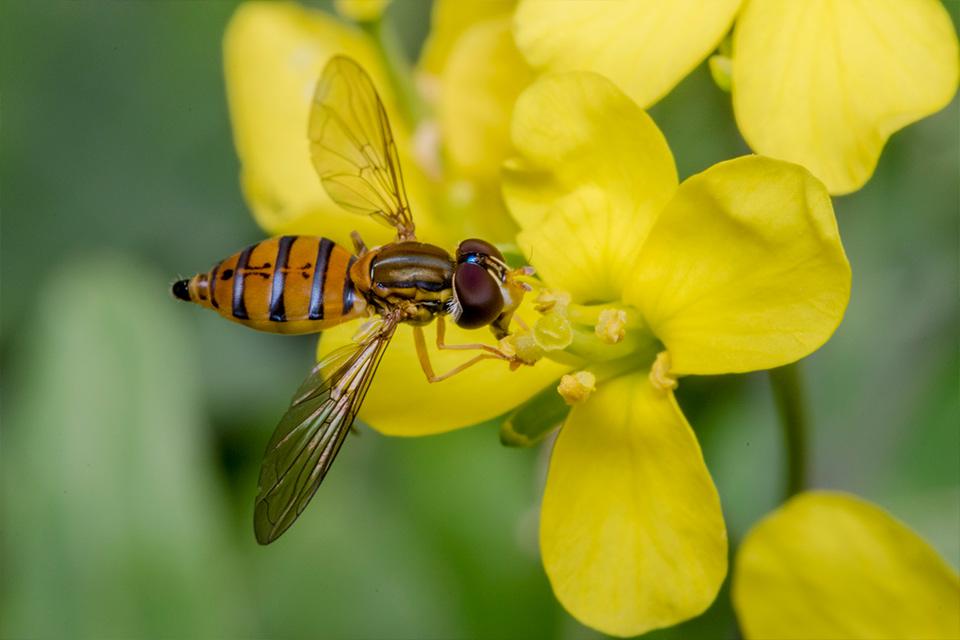Spending time outdoors in the summer can be a great way to get some much-needed Vitamin D, but with summer comes bees and bee stings are a common occurrence. In most cases, bee stings are just annoying and treating them at home is all that’s needed. But if you’re allergic to bees or get stung more than once, you could be at risk for a serious reaction that requires emergency treatment.

Summer stings can happen with hornets, bees, yellow jackets and wasps. For most people a sting is just painful, but for a few it can be life-threatening.
After any sting it would be normal for you to experience pain or burning, redness and swelling at the site of the sting. Pain or burning usually lasts for one to two hours, but the pain should slowly diminish. Itching and redness may follow. Redness and swelling can worsen for up to 24 hours after a sting, but should then start to get better. Redness will often go away after three days and swelling after seven days.
To care for any bee sting, you should first remove the stinger if it is visible (only honeybees leave their stinger). Stingers look like a tiny black dot and can often be removed with tweezers, scotch tape or you can scrape it out with a credit card or butter knife. If you are not able to remove the stinger, it will come out on its own as your skin sheds. Next, use a cold compress for 20 minutes and repeat as needed. This will reduce pain and swelling to the sting. You can also make a paste from meat tenderizer or baking soda and apply it to the site for pain relief. This defuses the venom but should only be applied one time to any sting. For further pain relief you can take acetaminophen or ibuprofen. To help with itching, the Denver Health NurseLine suggests you take an antihistamine like Benadryl, Claritin or Zyrtec or use Hydrocortisone Cream.
Most stings will not need further treatment. However, if within two hours of the sting you develop any wheezing, trouble breathing, hoarseness or cough, tightness in your throat or chest, a swollen tongue, widespread hives with itching, facial swelling, vomiting or abdominal pain, you should call 911 and seek medical help right away. These can be signs of a life-threatening allergic reaction. If you have a known allergic reaction to bee stings, you may have been prescribed an epinephrine auto-injector (EpiPen), and you should keep this with you at all times. One quick jab to the thigh helps slow down the allergic reaction, but using the pen is often not enough and you should still seek medical help for observation and further treatment if needed.
You should also seek medical attention if you are stung by a swarm of bees, lose consciousness, are stung inside the mouth or on the eye or if you obtain more than 50 stings. Bee stings rarely get infected, but if you have any signs of infection that start 24 hours after the sting, you may need to follow up with your doctor. You should watch for signs of infection such as fever, increased redness, increased pain, red streaks, swelling greater than four inches or drainage from the site of the sting.
